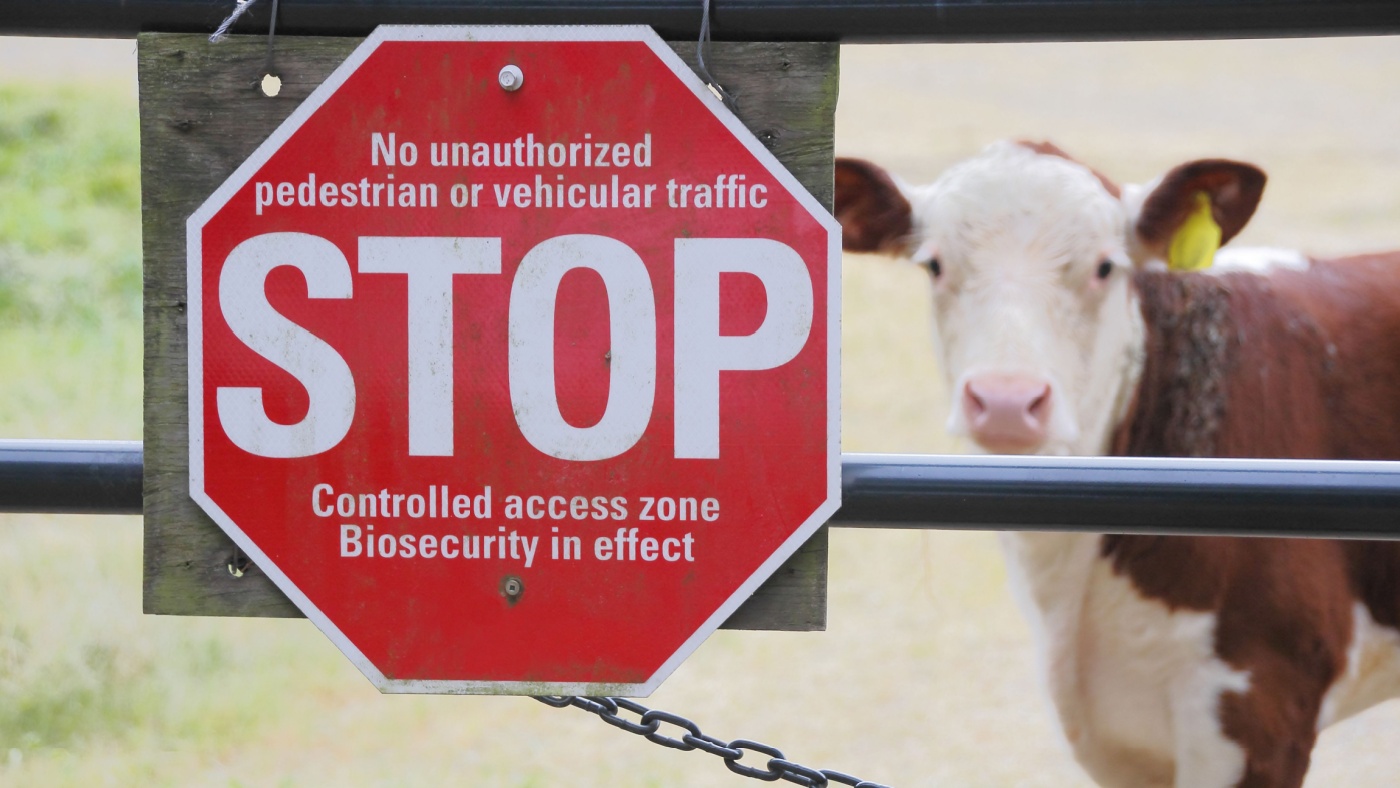The National Dairy Farmers Assuring Responsible Management, or FARM Program, is the U.S. dairy’s on-farm national responsibility program. One of the important parts of the program is on-farm biosecurity. Emily Yeiser-Stepp, executive director of the National Dairy FARM Program, says biosecurity is more important than ever after the recent outbreak of Highly Pathogenic Avian Influenza in dairy cattle herds.
“The FARM biosecurity pillar focuses on providing our dairy farmers with the tools to keep their herds and their dairy businesses safe from an unseen threat of disease. As we are working through this High Path AI in cattle incident, unfortunately, we’ve had to elevate the awareness around this pillar of the farm program to communicate that we do have resources and tools available for operations that have always had excellent biosecurity practices in place when a threat of a disease is literally knocking on their doorstep. The things that we can do to assist them to minimize the potential continuation of the threat of transfer of that disease is really heightened.”
She talks about the most important precautions farmers can take to protect their herds from HPAI and other outbreaks.
“At a very basic level, it’s continuing with the implementation of those robust biosecurity protocols that we’ve reinforced for decades at the farm level, like being able to limit traffic in and out of farms too, limiting that to essential individuals, by employees and personnel. Certainly, if there is a need to move cattle, be diligent in any pre-testing that can be done, and have your veterinarian be engaged at the farm level to identify if cows are starting to show symptoms. We never want to transport sick animals. It’s also reinforcing the importance of doing things that we already know to do in keeping our clothes clean, making sure that we’re washing our boots using disinfectants, and washing our hands.”
Yeiser-Step talks about what farmers should do if they notice their animals developing HPAI symptoms.
“The first thing that they should do is contact their veterinarian, who will then, in turn, work with the state animal health officials, and in turn, our federal partners to communicate and get the appropriate testing mechanisms in place. As part of the FARM program, we’ve emphasized having an active and live veterinary client-patient relationship between the farm and their veterinarian, and that’s been a foundational piece. That veterinarian is that source of contact that can coordinate with those up the chain. See something, say something to your veterinarian, and get the appropriate testing mechanisms in place.”
The HPAI outbreak is a quickly changing situation, and she talks about where producers can get more information.
“National Milk Producers Federation’s website has a banner on their homepage of nmpf.org to take you directly to an HPAI resource page. That outlines what we currently know from USDA-APHIS about the states with confirmed cases of HPAI, those states that currently have restrictions on dairy cattle movement. It outlines what are the key signs that they should be looking for in their dairy cattle, and resources from FARM biosecurity around movements, self-assessment checklists, different templates, posters, and different preparation guides that they can reference and utilize as they may be interested or need to as this evolves.”


